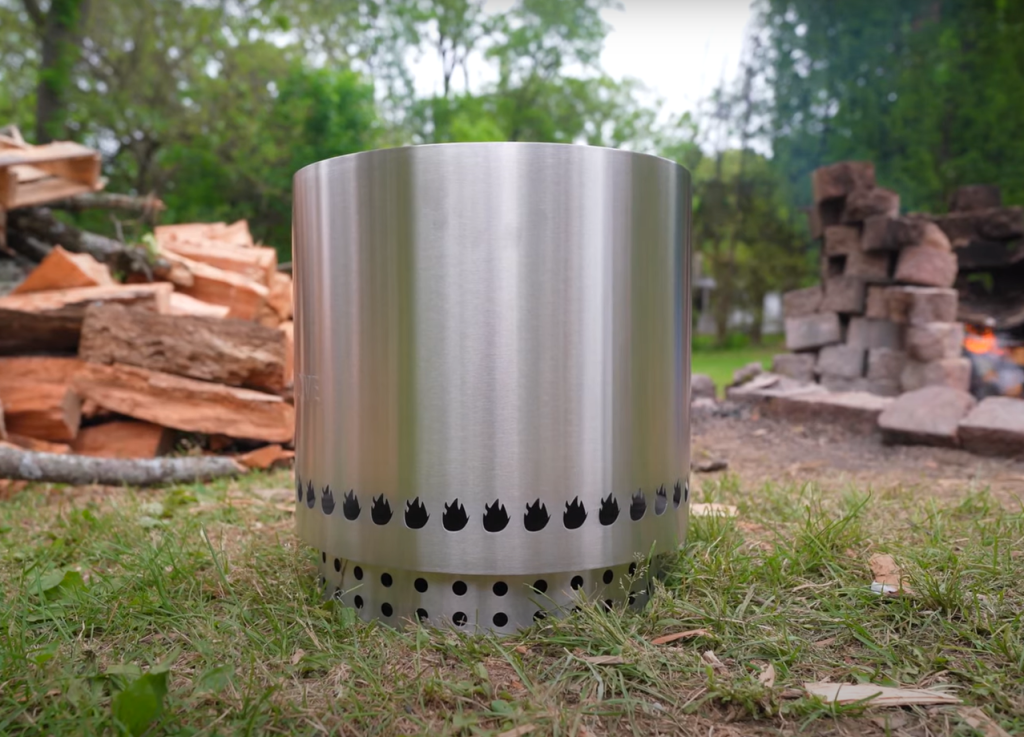Traditional fire pits and smokeless fire pits differ in various aspects. Let’s explore the contrasts between these two types of fire pits:
Emissions: Traditional fire pits often produce a significant amount of smoke and harmful emissions while burning fuel, which can negatively impact both indoor air quality and human health. Smokeless fire pits, on the other hand, use advanced combustion technology to minimize or eliminate smoke emissions, resulting in improved air quality and better health outcomes.
Efficiency: Traditional fire pits tend to have lower combustion efficiency, meaning that they may waste a considerable amount of fuel. In contrast, smokeless fire pits are designed to maximize combustion efficiency, allowing for more efficient fuel utilization and reduced fuel consumption.
Safety: Traditional fire pits may pose fire hazards due to exposed flames and hot surfaces. Additionally, the use of open fires or inefficient ventilation can increase the risk of indoor air pollution and carbon monoxide poisoning. In contrast, smokeless fire pits are designed with safety features, reducing the risk of burns, fires, and toxic gas emissions.
Maintenance: Traditional fire pits can generate ash and soot, requiring regular cleaning and maintenance. Smokeless fire pits produce minimal ash and residue, making them easier to clean and maintain.
Overall, smokeless fire pits offer significant advantages over traditional fire pits, including improved air quality, enhanced safety features, and easier maintenance. If you are concerned about air pollution, health, and energy efficiency, choosing a smokeless fire pit is a wise decision.

